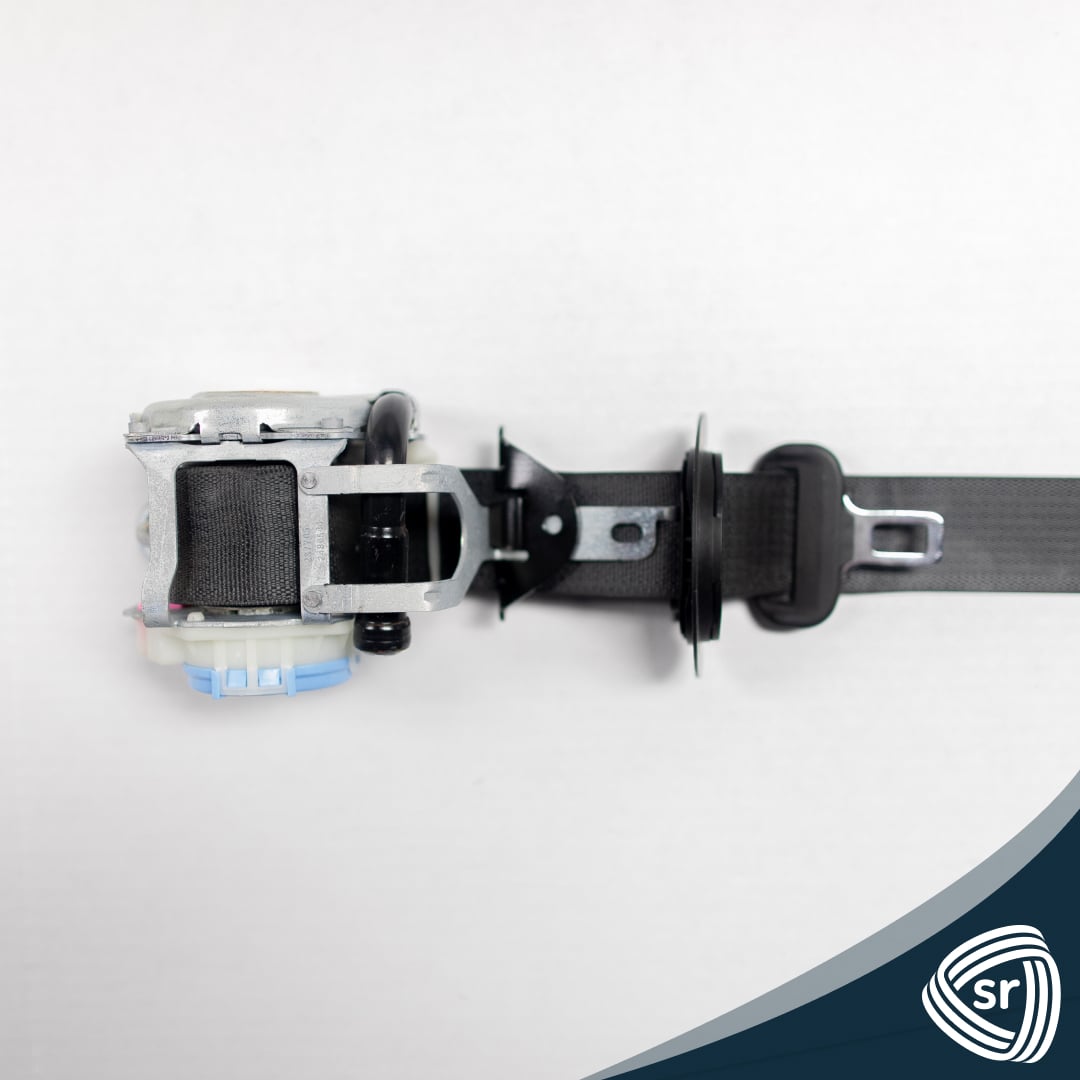Mold on your seat belts is not a nice thing to behold. You’d like to know how to remove mold from seat belts without causing any inconvenience.
Is it better to wipe the mold off a seatbelt than replace it? What is the best technique for cleaning the mold of seat belts?
You don’t need to be an expert in removing the mold because you may learn about several methods on the internet. Continue reading to learn more about mold removal from vehicle seat belts and where to find a seat belt replacement.
Identifying Mold
The North Central District Health Department stated that molds are minute fungi that live on plant and animal debris. They can be found almost anywhere and are a natural component of our environment.
Mold can become a problem when spores develop in a wet environment. It can eat through whatever material it grows on. Thus, it should be dealt with as quickly as possible to avoid more harm.
Mold can take the form of slick black spots, fuzzy white patches, or slimy orange layers.
How Do You Remove Mold From Seat Belts?
Mold might develop and thrive in a circumstance where seat belts were moistened with fluids, then withdrawn while still wet and left behind unnoticed. Mold growth is primarily caused by moisture.
Engaging a professional to remove the mold or disregard it as waste is unnecessary. Here are some step-by-step recommendations if you’re not sure what to do about a fully grown growth on your seat belt:
- Wear face masks, gloves, and goggles to ensure your safety.
- Begin by carefully pulling the seat belt as far as it will go to detect the moldy areas quickly.
- Sweep the moldy area toward the outside of the automobile with a brush to prevent mold spores from spreading to the interior.
- Use a sponge to apply a mild laundry detergent to the seat belt, then rinse with a moist cloth.
- Dampen a cloth in a solution of one part rubbing alcohol and one part water for further assurance. Wipe clean the seat belts with that towel, then rinse them with another damp cloth.
- If mold residue remains, a commercial disinfectant household cleaner can be used to remove it. Keep in mind that this will stain the fabric of your seat belt, so practice on a hidden area first.
- To prevent further mold growth, use a Concrobium mold control. Here’s a handy guide on where you can get Concrobium mold control.
- Open your car’s windows and let the seat belt air dry. To keep the strap from retracting, loop it around the door handle or steering wheel.
If you need seat belts repair, seek a restoration company that services repairs.
Proper Cleaning of Seatbelts
If you don’t want mold to grow on your seat belts, clean them thoroughly. Moreover, this saves you effort, money, and time when cleaning the mold.
Molds have an unpleasant appearance, feel, and odor, and they can cause health problems if inhaled or come into touch with the skin. As a result, it’s always a good idea to take preventative measures such as thorough cleaning and remembering a few things.
To help you thoroughly clean your seat belts, follow the procedures below:
- Pull the seat belt until it is no longer movable. The belt should then be clamped or looped so that it does not retract.
- Spray along and beneath the belt with a fabric cleaner. As an alternative, you can clean using dish soap and water.
- Scrub using a brush, starting at the top and working your way down. To avoid damaging the fabric, keep your strokes simply up and down.
- Wipe the belt with a clean cloth. Ensure that any excess moisture has been removed.
- Allow the belt to dry in the sun for several hours. Before allowing the belt to retract, be sure it is completely dry.
When it comes to preventing mold from growing on the interior of your car, there are a few things to keep in mind:
- Before using your car seats or seat belts again, make sure they are completely dry.
- Use automobile dehumidifiers to help reduce the humidity in the air and wetness within the vehicle.
- Any liquids should be handled with caution. If you drop some, quickly wipe it dry with a paper towel or, if you have one, a hairdryer.
- To get rid of stale air, open the doors and windows for a few minutes to allow the air to circulate.
- If you don’t use your car much, leaving it in your garage can mold growth. Either utilize it as much as possible or follow these mold-prevention methods for a stored car.
Conclusion
Knowing how to remove mildew from seat belts is a lifesaver for car owners. Automobiles are valuable possessions that you purchase with your hard-earned money, so you want them to be tip-top shape. It’s disheartening to discover mold in your vehicle, but it doesn’t mean your vehicle’s life is over. After all, you have the option to clean it, go for a replacement, and even seek seat belt repair in case there are also broken parts around it.
Safety Restore specializes in seat belt repairs and airbag modules and is the world’s post-accident restorations leader. We can also replace webbing and repair instrument clusters. Contact us if you need a seat belt replacement!




My car seat belt got mildewed. The dealer cannot find a replacement as the vehicle is too old (2008) It is also discolored from the mildew. How do I clean it safely?